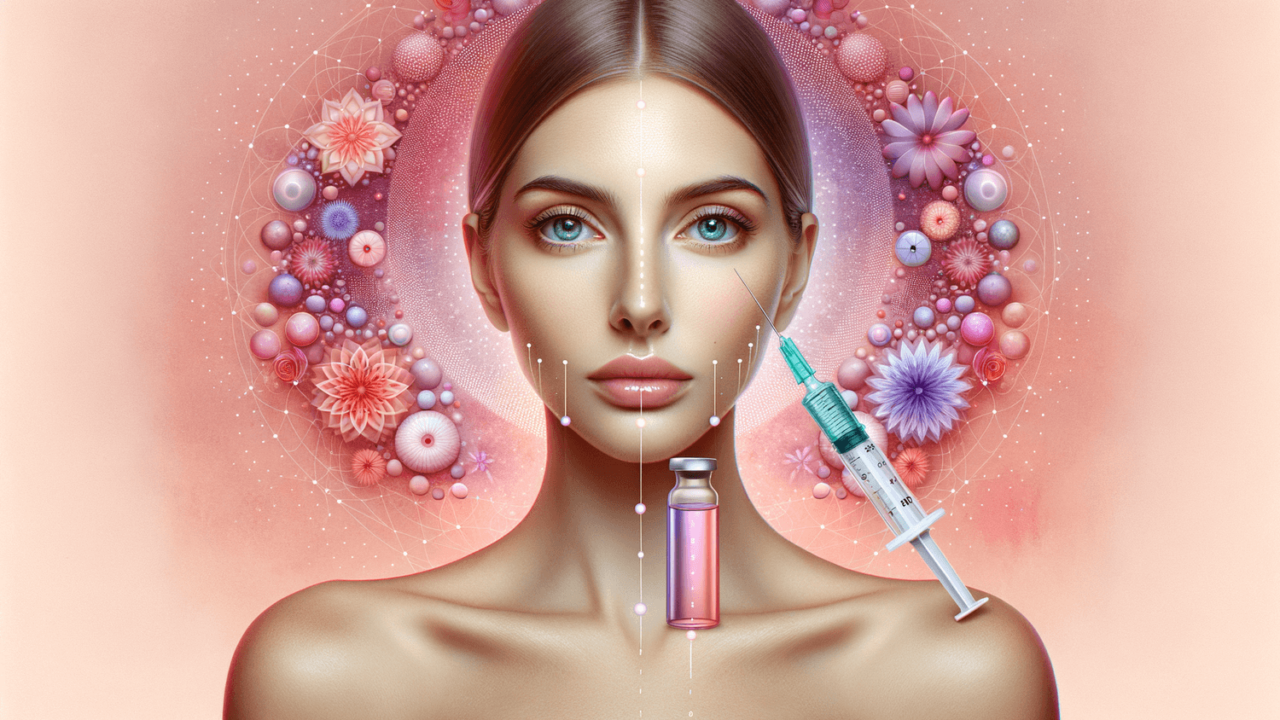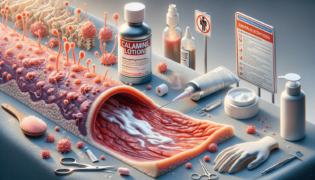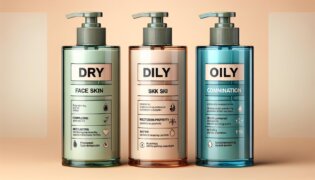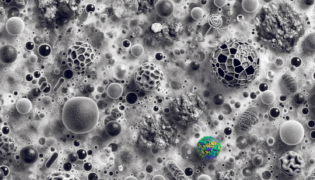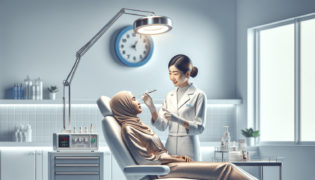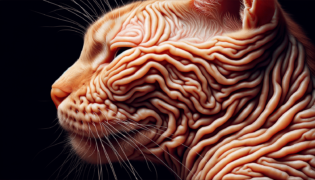For 100 units of Botox, 2.5 mL of saline is commonly used to dilute and reconstitute the product.
Skincare Logix Dilution Guide for Botox
At Skincare Logix, a blog about skincare, we understand the importance of accurate dilution and reconstitution of Botox. Various saline volumes can be used depending on the desired concentration and treatment area, but the most common dilution is 2.5 mL of saline for 100 units of Botox.
Alternative Botox Dilutions
Different dilutions may be preferred by some practitioners. For example, a more concentrated solution is achieved by using 1 mL of saline for 100 units, while a less concentrated solution can be obtained by using 4 mL of saline.
Skincare Logix Expert Tips
Meticulous Injection Technique
Regardless of the dilution used, it is crucial to follow a meticulous injection technique to ensure optimal results and minimize complications.
Skin Tags and Botox
While Botox is not a skin tags remover, it is a valuable tool for addressing various aesthetic concerns. For those dealing with skin tags, alternative treatments like cryotherapy, snipping, or cauterization should be considered.
How Much Saline for 100 Units of Botox
Administering Botox is an art that requires precision and careful consideration. At Skincare Logix, a blog about skincare, we aim to provide the best knowledge to help you make informed skincare choices. Dilution plays a crucial role in achieving the intended outcomes of Botox treatments. The most common dilution is 2.5 mL of saline for 100 units of Botox.
Understanding Botox Reconstitution
Botox comes in a freeze-dried form that requires reconstitution using sterile saline. The volume of saline used can impact the precision of the treatment, so it is crucial to adhere to the recommended guidelines. Keep in mind that different practitioners may have different preferences, so it is always a good idea to consult with your specialist.
Skincare Logix Recommendations
Proper Storage and Handling
Improper storage of Botox vials can impact their efficacy. We recommend storing the vials in a cool, stable environment until ready to use. Once reconstituted, the solution should be stored in a refrigerator at 2-8°C and used within 24 hours.
Working with a Qualified Professional
While it may be tempting to perform at-home Botox treatments, it is highly recommended that you seek the services of a licensed professional. Our Skincare Logix team emphasizes the importance of investing in expert care to ensure safety and optimal results.
Complementary Skincare Treatments
Improving your skin’s appearance is often best achieved through a comprehensive approach. Combine the benefits of Botox with other targeted cosmetic treatments, such as dermal fillers, chemical peels, and microneedling, to address various skin concerns. Skincare Logix’s expert guidance can help you navigate the world of aesthetic solutions and create a personalized plan that meets your unique needs.
Frequently Asked Questions
We understand that you may have additional questions related to Botox and saline dilution. To continue providing helpful content, we have prepared a FAQ section addressing some common questions about this topic.
How soon can I see the results after Botox treatment?
Initial results can typically be noticed within 2-3 days after treatment, with full effects visible in 1-2 weeks.
How long do the effects of Botox last?
Botox effects generally last for 3-6 months, but the duration varies among individuals and depends on factors like muscle activity and the treated area.
Can Botox help with acne?
While primarily used for wrinkle reduction, Botox can help control oil production and, subsequently, reduce acne severity in some cases. Consult a professional before considering Botox as an acne treatment.
What are the possible side effects of Botox?
Potential side effects of Botox include pain at the injection site, headache, bruising, swelling, and temporary muscle weakness, among others. Consult a professional if side effects persist or worsen.
How does Botox differ from dermal fillers?
Botox relaxes muscle movement and smoothes fine lines and wrinkles, while dermal fillers restore lost volume and provide structural support by adding facial volume and reshaping facial contours.
